Blue Vervain Plant (Verbena Hastata)
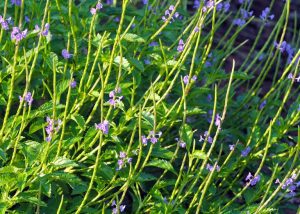
The Blue vervain is a wildflower native to North America and some parts of Africa that is often seen growing in moist, grassy meadows and along streams and roadsides where it brightens the landscape with spiky, bluish-purple blooms from midsummer to early autumn. It is also known as American blue vervain or wild hyssop.
Health Benefits of Blue Vervain
Blue Vervain is a traditional medicinal herb, with the roots, leaves or flowers used to treat conditions ranging from stomach aches, colds and fever to headaches, bruises and arthritis.
It is rich in plant-based compounds known as flavonoids, which are thought to have potent anti-inflammatory, antibacterial, antispasmodic, and analgesic (pain-relieving) effects.
Blue vervain is also believed to have anti-tumour properties that can help fight cancer.
In folk medicine, various Verbena species, including blue vervain, have been employed to combat ailments like scaris, provide demulcent effects, alleviate constipation, regulate menstrual flow, enhance milk secretion, address herpes zoster, induce sedation, treat snake bites, and relieve stomachaches.
Blue vervain is also used to relieve anxiety and depression, aches and pains, and sleep issues, and reduce cancer risk.
Chemical Properties of Blue Vervain
Blue vervain has the following chemical properties:
- It is a rich source of iridoids, phenylpropanoid glycosides, phenolic acids, flavonoids, terpenoids, and essential oils.
- Blue vervain’s most characteristic chemical constituents are the iridoid glycosides verbenalin and hastatoside.
- It also contains beta-carotene, adenosine, and caffeic acid.
- Some of its compounds have been shown to have anti-inflammatory, analgesic, and sedative effects

How to Use the Blue Vervain Plant
Contact us for your Blue Vervain powder
Also, check
Mimosa Pudica Benefits on Health
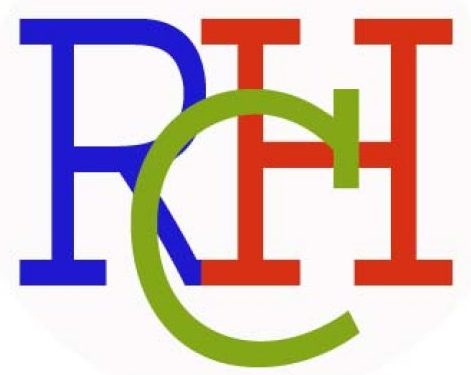
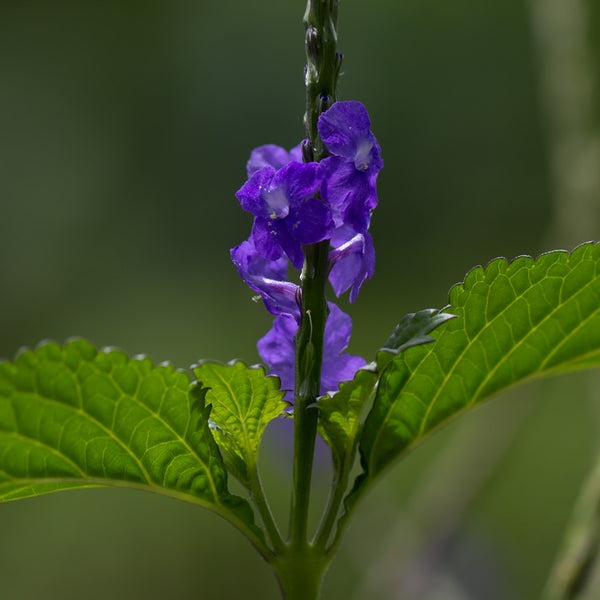
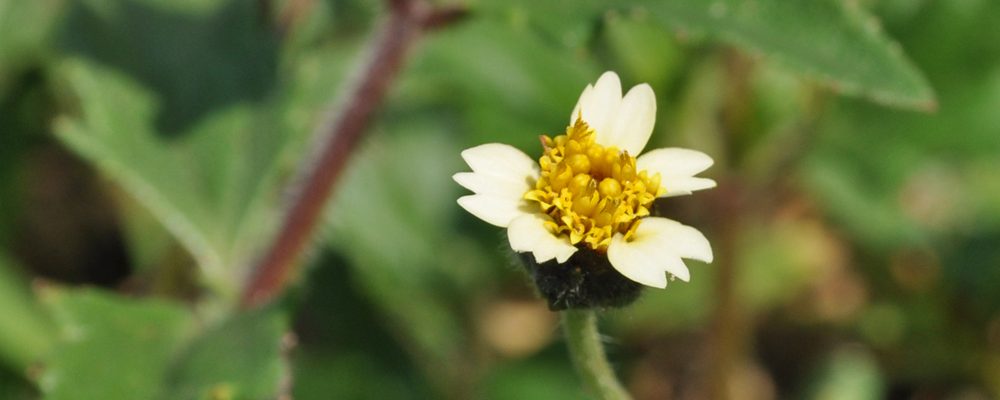
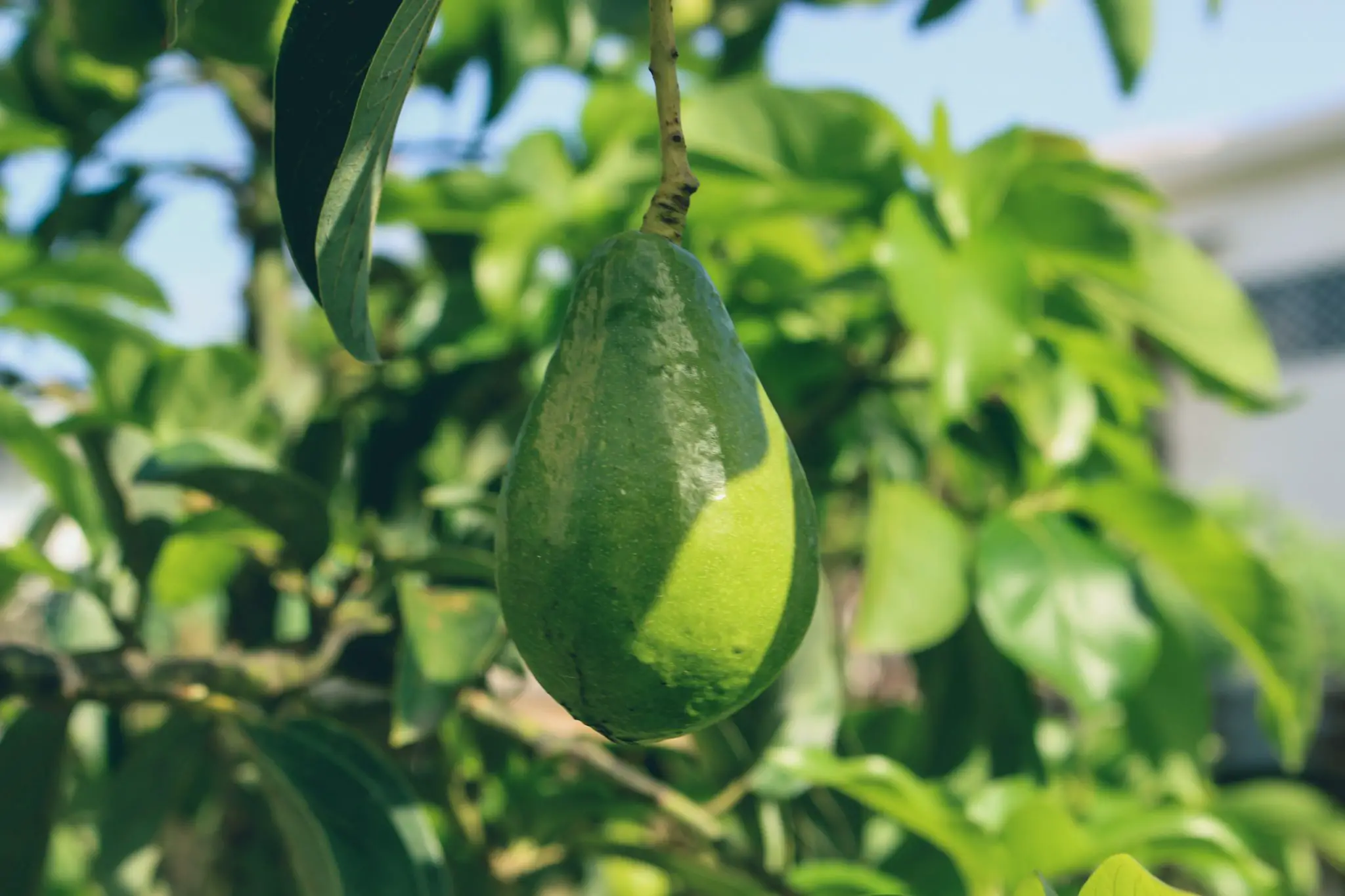


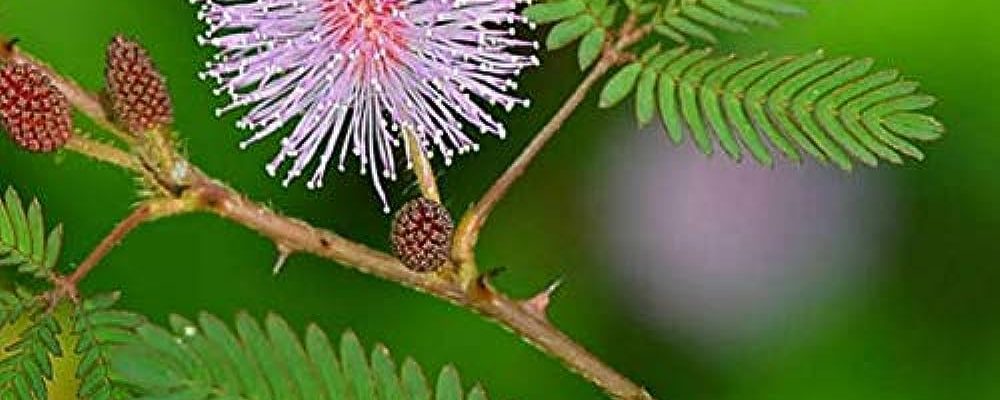
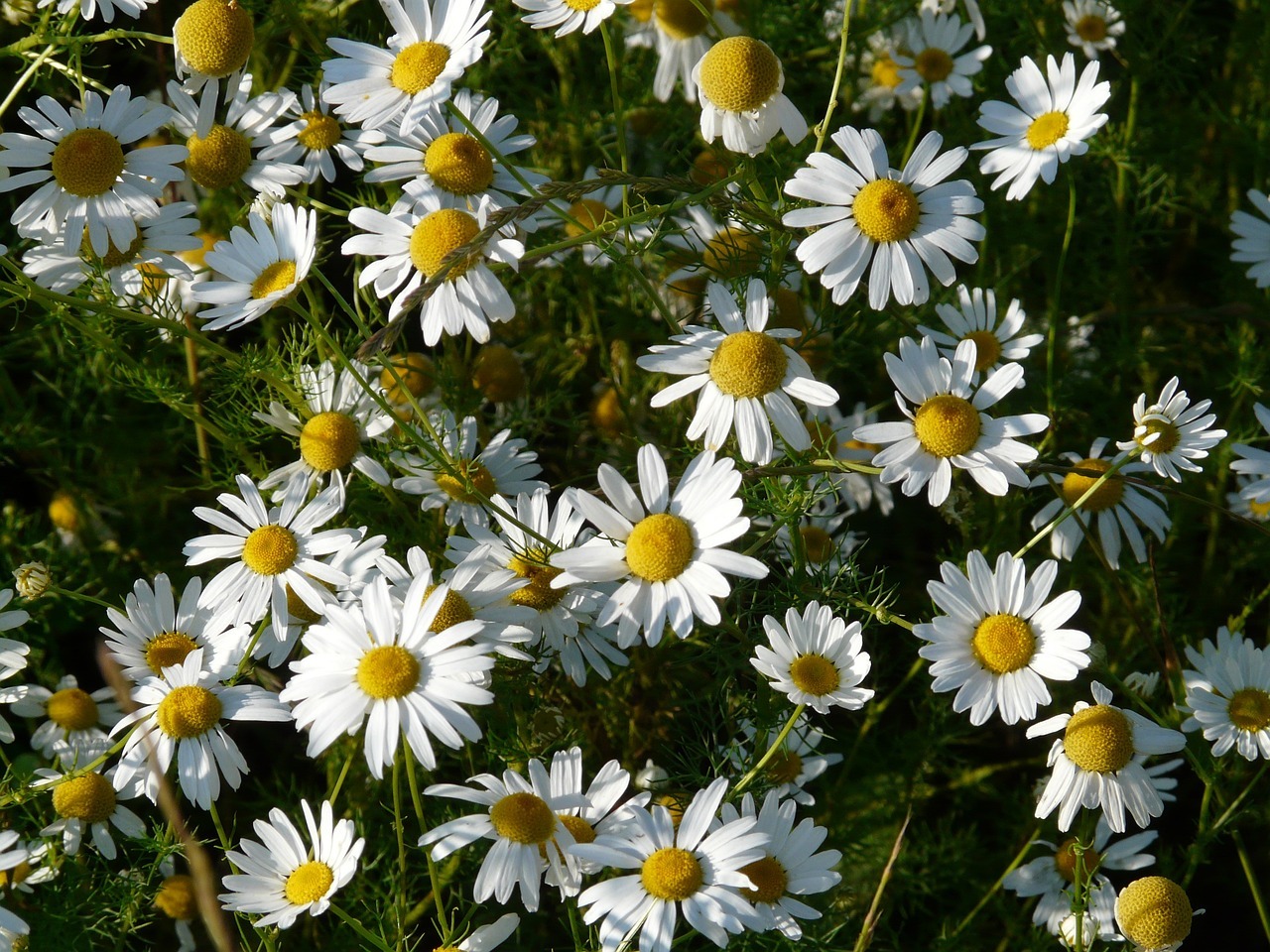

Review Blue Vervain Plant.
You must be logged in to post a review.